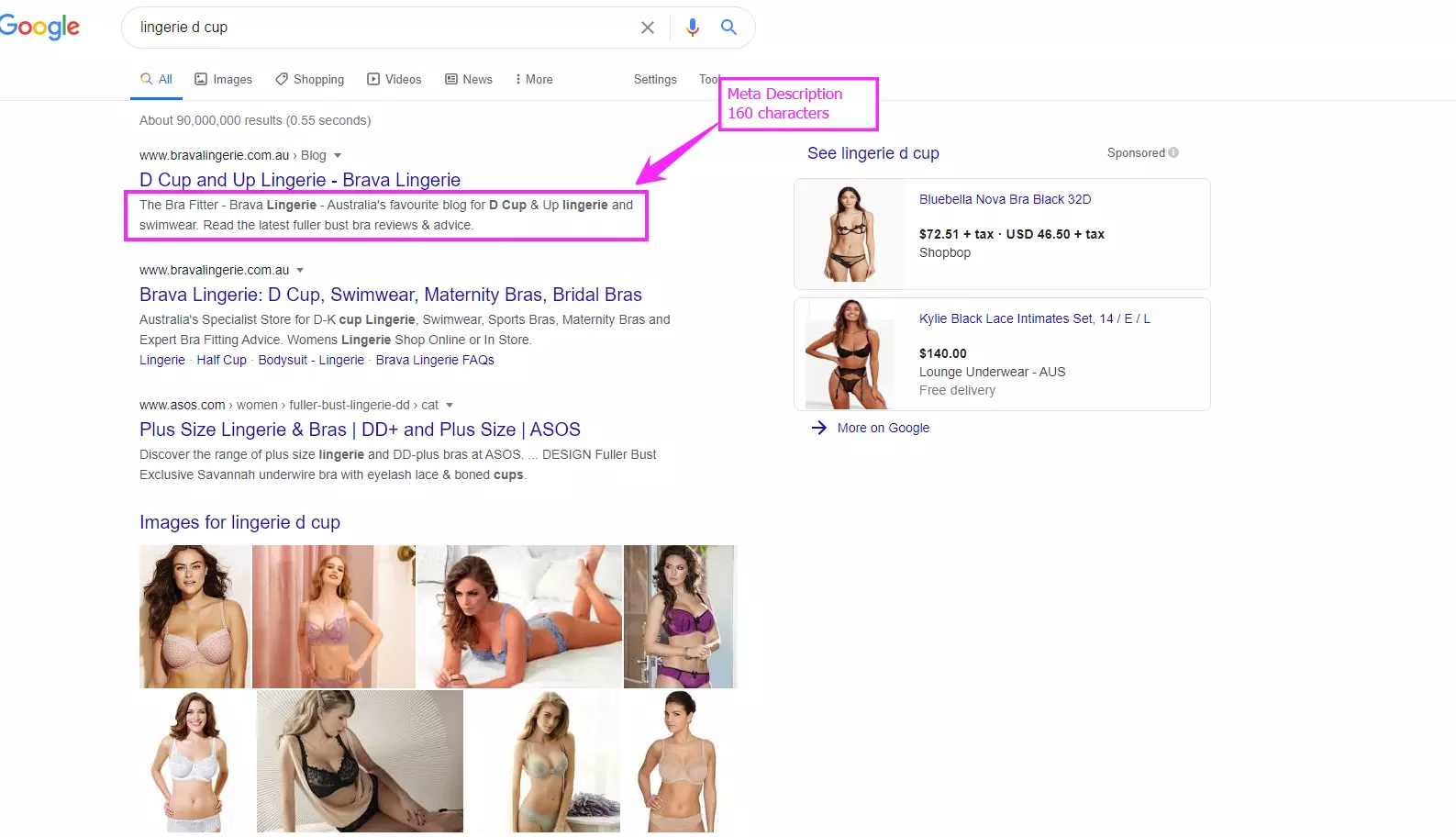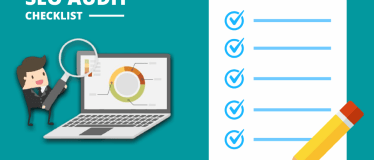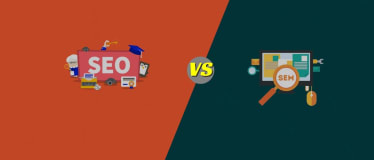There are hundreds of factors about your site Google will use to determine its rank in the search engine results pages (SERPs). Search engine optimisation (SEO) is the process used to ensure your site conforms as much as possible to what Google considers to be a great website.
SEO is a complex topic with three branches covering different aspects of a website: on-page SEO, off-page SEO, and technical SEO. Each component deserves its own in-depth article, and in this one, we will be covering on-page SEO and eleven related factors you can use to improve how well your site performs in search engines.
What is On-Page SEO?
On-page SEO mostly deals with your content and website pages. New sites first need to be indexed before they can be analysed and ranked, so search engines send what is known as a crawl bot to scan and index your content.
An indexed site simply means that Google is aware of your site but may not yet have figured out where it belongs. The rank will come once the crawl bots have indexed the pages, and the algorithm has had time to analyse your content properly.
A site without any content cannot be ranked because your content contains many of the metrics Google uses to determine where a website should appear in the search results. For instance, keywords (the phrases enteredintothe search field) are important because they help Google understand what your site is about. Google will scan your page for important keywords, images, links, and more to determine its quality.
Why is On-Page SEO Important?
On-page SEO helps Google determine what your site is about so it can create an accurate rank for the relevant keywords. Without on-page SEO, the search engines won't know what keywords to rank your site for, or the position it deserves. Sites that the search engines don't understand will be overlooked and will not show up in the search results.
It's for this reason that most SEO efforts start with creating content of high quality before going after any other external factors like backlinks and social sharing. Excellent content is the foundation of all ongoing SEO efforts because nothing can happen without it.
Google only cares about providing a great user experience. Searchers use Google to find what they need or to solve a problem, so any website which can deliver the best user experience will win the battle for the best rank. If your site isn't able to deliver on Google's promise to its users, it will quickly figure that out and replace your site with a competitor's.
Factors of On-Page SEO
While there's no guarantee that you will achieve a first-page ranking, if you apply the following strategies to your on-page SEO, your rankings should improve. Plus, you will be outranking a lot of your competition.
Keywords in the Title Tag
Title tags create the link that users will click to visit your website, so title tags serve a dual purpose. It's an important metric for Google to understand what your site is about, and an interesting and relevant title tag will achieve a higher click-through rate.
Google monitor's user behaviour. If your site features highly in the search results but suffers a low click-through rate, then Google may deem it of lower quality and drop it from the results. In short, make your title tag clickable by ensuring it contains the relevant keywords.
Include Keywords in the Meta Description
Listings in the search results include a longer description in a smaller font below the title. If you don't have a meta description tag, or you leave it blank, Google will use the first line of your content to create one for you, which may not be optimal.
The search engines will use the information contained in the meta description to help determine a position in the search rankings. Of course, it's not given as much weight as many other metrics because it was abused in the past. However, it can still be used in addition to your title to make your website more appealing to the searcher. Use a slight variation of your keyword to keep it unique and separate from your title tag.

Optimise Your Headline
The headline is an entirely different beast from the title tag. You can create a headline that is the same as your title, but that doesn't mean you should. Use your keywords in the headline, but vary the title slightly, so your visitors are not getting a repeat of what they just saw in the search engine results. Make it compelling and inspire your visitors to keep reading. Headlines should be enticing while also letting the reader precisely know what they will be getting from the article.
Add Header Tags
Header tags are used by bloggers to split large chunks of text into smaller, easily digestible snippets. Large bodies of unbroken text are hard to read on screens, especially the small smartphone screens where most people will be reading your content.
Not only will you make your text more readable, but keywords in subheadings have slightly more weight in ranking factor. Your primary keyword should be included in at least one subheading after the headline.
Serve Your Visitors with High-Quality Content
Reading your content should give you a reasonable idea about its quality, because you're human and know what you like. However, for all its sophistication, the mighty Google algorithm cannot tell quality content from complete rubbish. So, how does it determine what is good from not so good?
How your visitors behave once they reach your website provides the algorithm with plenty of clues about quality. For instance, if hundreds of people visit your page, only to immediately leave, this is a sure sign to Google that your content may not be the best. If people hang around for a while, then this is an indication they may like what they see.
Keyword density
Keyword density is the technical term for how many times a keyword phrase appears in a body of text in relation to the total number of words. You will be walking a fine line between mentioning your keyword just the right amount of times or stuffing it in there as many times as you can.
Cram too many keywords into an article and you may receive a penalty for keyword stuffing. Write your text for the reader, rather than the algorithm, and mention your keyword wherever it makes sense without making the article hard to read. Many SEO experts will mention a keyword in the first paragraph, and then write the rest of the piece to flow naturally.
Image Optimisation
Google wants to know that your images are also relevant to the searcher's query, but it can't tell just by looking at them. You can use the image alt tag to tell Google about your image. It's another area where you can use keywords without fear of keyword stuffing. However, if you have a lot of pictures, make sure you use a slight variation in each alt tag to avoid spamming.
Large images can slow a page to a crawl, and Google will penalise you for making your visitors wait. As you will soon find out below, most visitors will only wait a very short amount of time before leaving. Use image-editing software to create smaller image file sizes and speed up download times.
User Engagement
Google likes to see visitors interacting with your site, and they will determine the level of engagement through metrics like bounce rate and pages per session. Bounce rate is the term used for how many visitors arrive at your site and leave without visiting another page or clicking a link. Pages per session are how many pages a user visits on your site in a single session. Low bounce rates and more pages per session indicate to Google that visitors find your site interesting or useful.
Use Internal Links and External Links to Add Value
An internal link is any link that points to another page on your website, while an external link is one that points to another website elsewhere on the web. Both types can be useful for providing extra value to the reader.
For instance, an internal link could provide value by showing the reader where they can learn more about the current topic. An external link can point a reader to an authority site like Wikipedia or NCBI, where they can verify the information contained in your article.
Google likes to see people clicking on your links and so uses them as an important on-page metric for determining the rank of your site.
Copywriting Factors
As we mentioned before, Google's algorithm can't tell good quality content from bad by reading it (yet), so it uses other metrics instead. Articles broken up with subheadings and images tend to do better in the search results.
Readers find text that is well laid out easier to understand. If they can absorb your content, then they will spend more time on the page.
Always break your content up into easily digestible chunks using images and subheadings. Use a competent editor to help you pick up grammatical errors. Great readability, compelling headlines, and nicely spaced out images will all help provide a great user experience that Google will notice.
Page Design and Speed
You might find these metrics more at home in a technical SEO discussion. Still, they also contribute to the user experience and so are worth mentioning here.
Slow websites are bad for business. If your website is taking more than 2.5 seconds to load, then you are losing a lot of visitors to the back button. Use online tools like Pingdom to check your site's speed at different locations around the world.
Take note of the suggestions for fixing any issues. Some of these will be quite technical, so be sure to reach out to a professional SEO service for a solution.
The design of your website can enhance your visitor's experience. Careful use of colours, fonts, and shapes improves readability and creates a more pleasant experience overall. If visitors are distracted by a terrible design, they will be quick to leave.
Do you Need to Improve Your Search Results?
It's possible to do all the above yourself, but who has the time? Plus, if you are not experienced in on-page SEO, it's easy to miss critical elements that can get your site penalised in the search results. Use a professional SEO service that will leave no stone unturned. A quality SEO service will soon pay for itself with the increase in traffic and conversions you will receive.
Conclusion
The above are eleven of the most important on-page ranking factors you can use to improve the rank of your website. A few will only require minor tweaks to your content to see results, but some will require more skill and expertise to rectify. In either case, focusing on what is important for your visitors, Google, and other search engines will help you achieve the best results.












